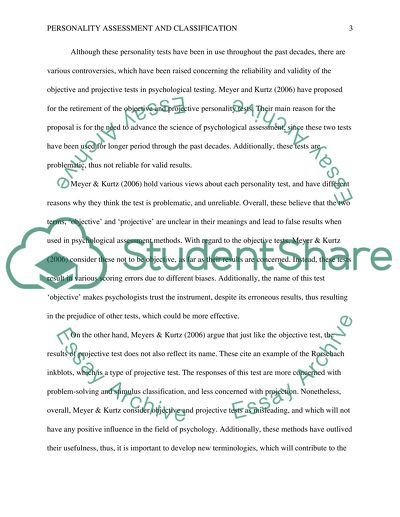Cite this document
(“Personality Assessment and Classification Research Paper”, n.d.)
Personality Assessment and Classification Research Paper. Retrieved from https://studentshare.org/psychology/1478583-personality-assessment-and-classification
Personality Assessment and Classification Research Paper. Retrieved from https://studentshare.org/psychology/1478583-personality-assessment-and-classification
(Personality Assessment and Classification Research Paper)
Personality Assessment and Classification Research Paper. https://studentshare.org/psychology/1478583-personality-assessment-and-classification.
Personality Assessment and Classification Research Paper. https://studentshare.org/psychology/1478583-personality-assessment-and-classification.
“Personality Assessment and Classification Research Paper”, n.d. https://studentshare.org/psychology/1478583-personality-assessment-and-classification.


